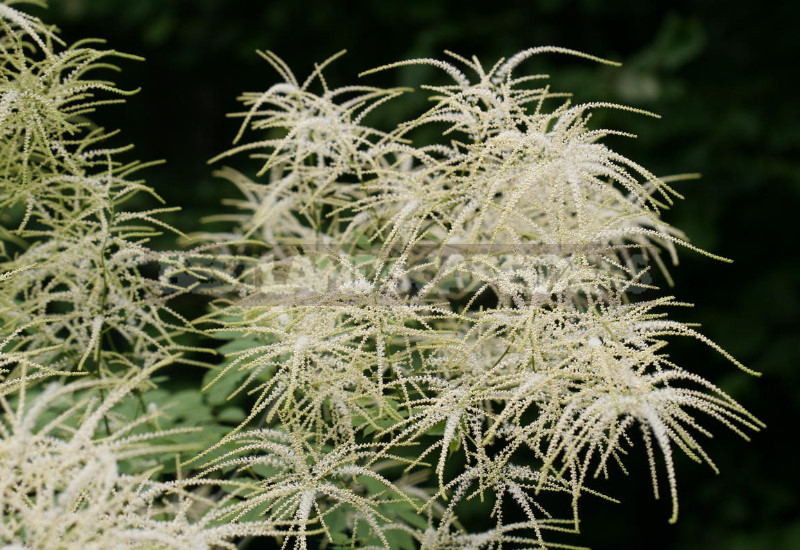
If you suddenly see on sale Aruncus, do not think long, buy! Blooming Aruncus will give you a completely incomparable — I would say intoxicating-feeling of summer, light and heat, which may not be long, but will push all the problems and concerns of country life.
Although, on the other hand, this is the beauty of owning your own suburban area…
Aruncus or goat’s beard
It often happens that beautiful plants are quite strange, at first glance, the name. Aruncus was not spared. The Greek name in the translation definitely sounds weird and literally means “goat’s beard”. So the plant was dubbed in the middle ages, however, the name originally sounded somewhat different: Barba caprae-although the meaning was the same. Well, much later appeared already familiar to us Aruncus.
Immediately the question arises: for what such sins called botany is a beautiful plant that way? But in Botanical science, nothing happens for nothing. If you look at Aruncus, its fluffy large inflorescences are somewhat similar to a beard.
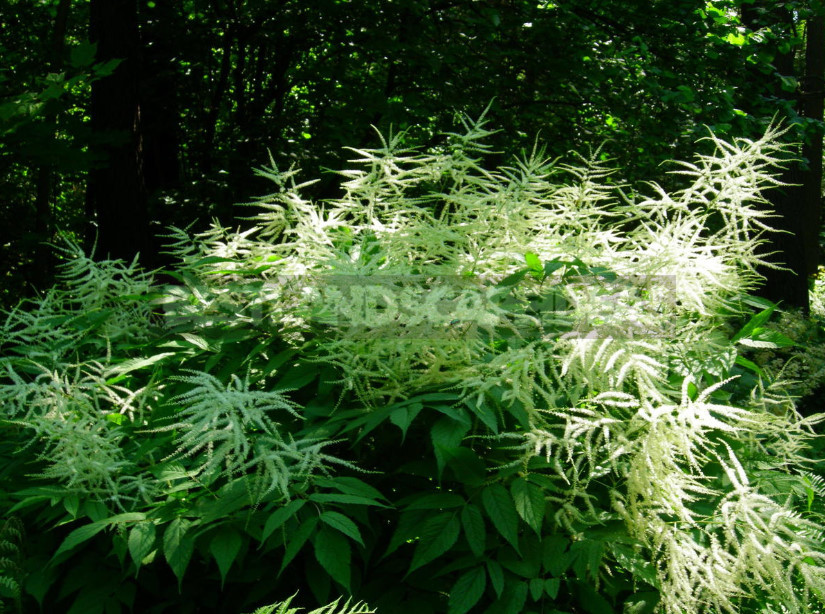
Aruncus-an interesting representative of the family of Rosales. The number of species in this genus is controversial, and how many of them-few people know. Previously, this genus included up to 12 species, but times are changing, and now their number has been reduced to 3-4.
Aruncus grow in temperate regions of the Northern hemisphere. These plants are decorative all season due to openwork feathery leaves and beautiful lush paniculate inflorescences, consisting of many small cream-white flowers.
According to the type of growth Aruncus can be divided into two groups – forming a dense Bush or thicket. The dense Bush is formed in species with short rhizome, but the thicket – long rhizome plants.
The types and varieties of Aruncus
One of the tallest ones is the one called the “A. dioicus”, which is sometimes called the “A. sylvester” or “A. vulgaris”. In height it reaches two meters, but grows slowly, only eventually forming large bushes.
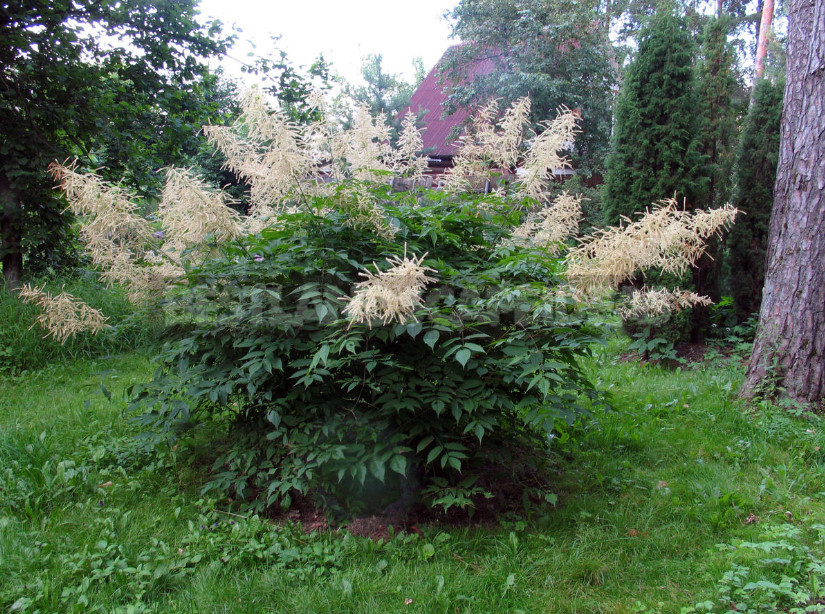
Species name “dioicus” Aruncus received for the fact that there are both male and female plants. To distinguish them from each other by the color of flowers and the density of inflorescences. So, in female plants flowers are pure white, and inflorescences are loose, male flowers-cream-white and collected in denser inflorescences. Blooms in the middle of June, quite long — up to three weeks, forming a large, 50-60 cm in length, inflorescence.
Now on sale you can find a variety of ‘Kneiffii’ -a plant height of only 60 cm with a surprisingly elegant deeply dissected feathery leaves.
More compact sizes is the A. asiaticus. Through long rhizomes, it forms dense thicket 80-100 cm tall the Leaves of this species is less dissected than A. dioicus. Blooms in late may-early June.
The smallest of Aruncus and very popular today is A. aethusifolius. It is difficult to call it a very elegant plant: and inflorescences it is quite short and less lush, and the flowering period of only two weeks, but there is an obvious advantage: a dense compact shrub height of only 25-30 cm
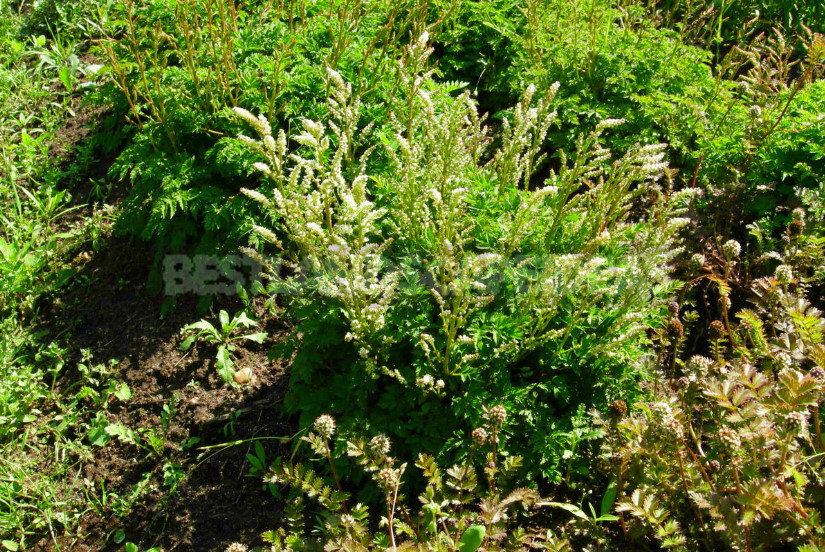
This is one of the latest flowering Aruncus, its flowering time – July. Inexperienced growers sometimes confuse A. aethusifolius with astilbe.
Features of Aruncus cultivation and care
All Aruncus-more than unpretentious plants. They can grow both in partial shade and in the sun. To the soil it is not particular, although it is better developed in areas with rich, and most importantly — the soil is wet. Care for Aruncus the ordinary. It should only be noted that they are very responsive to fertilizing both mineral and organic fertilizers. But too often they should not be fed.
In the spring, nitrogen fertilizers are especially effective, during budding it makes sense to make complex fertilizers, and in the second half of the summer to fertilize with phosphorus and potassium fertilizers that contribute to better preparation of plants for winter. After flowering, it is necessary to remove all faded inflorescences, as they dramatically reduce the decorative effect of the entire plant.
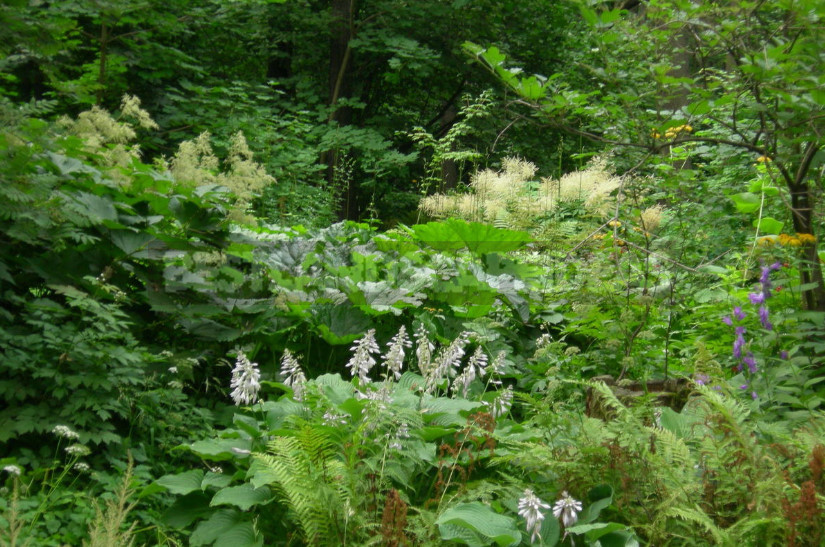
Aruncus mainly propagated by dividing the Bush in spring (late April – early may) or autumn (September). Late autumn planting is undesirable, because plants need time to restore the damaged root system during transplantation.
It is worth saying that the division of large Aruncus is too complex a matter that requires considerable physical strength. This is due to the fact that they, especially in old bushes, formed a powerful woody rhizome. So it is better without a reason Aruncus not to touch, because every year the plant becomes more and more decorative, and besides, they grow quite slowly.
In one place the Bush can grow for a very long time-more than 10 years. But if you still decided to share Aruncus, it is better (and most importantly-easier!) divide the bushes, the age of which does not exceed 5 years. Sometimes propagated Aruncus and seeds, but in this case to see the first flowering can be at best in the third year.
Dioicus – excellent plant for single plantings, for example, on the background of the lawn. But the A. asiaticus looks better in clumps, consisting of 3-5 or more plants. The distance between planted specimens in this case should not be less than 50 cm Especially good this culture for shady areas of the garden.
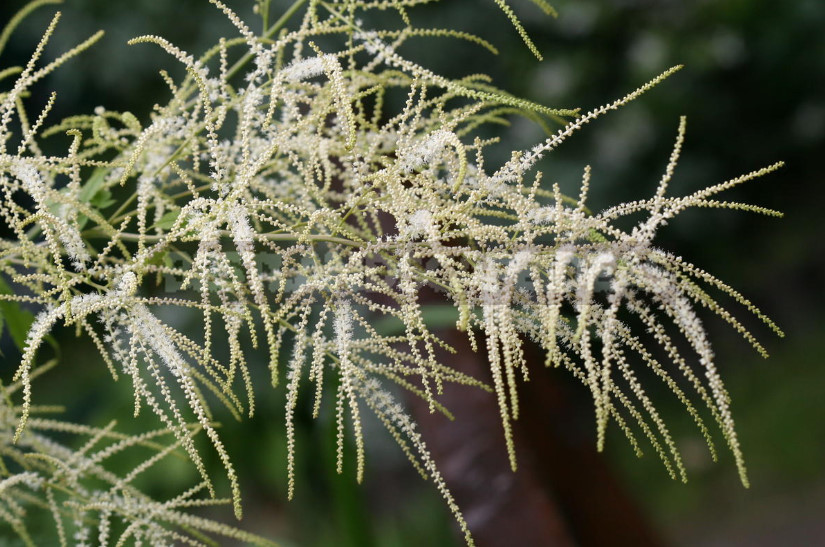
Well, for small areas, where the use of higher species is not always appropriate. This compact species is good in rockeries as well as mixed flower beds as a foreground plant. Aethusifolius is best planted in small groups. The distance between plants 25-30 cm.
Large inflorescences Aruncus and want to cut for a bouquet, but do not do it, in the water it is bad. So spare the beautiful Aruncus, keeping in your garden the romantic charm of elegant paniculate inflorescences and openwork foliage.
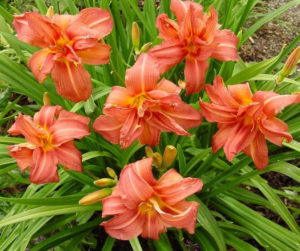

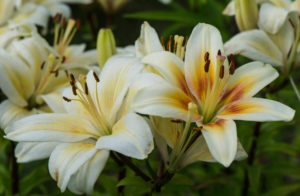
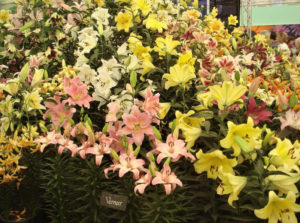
Leave a Reply